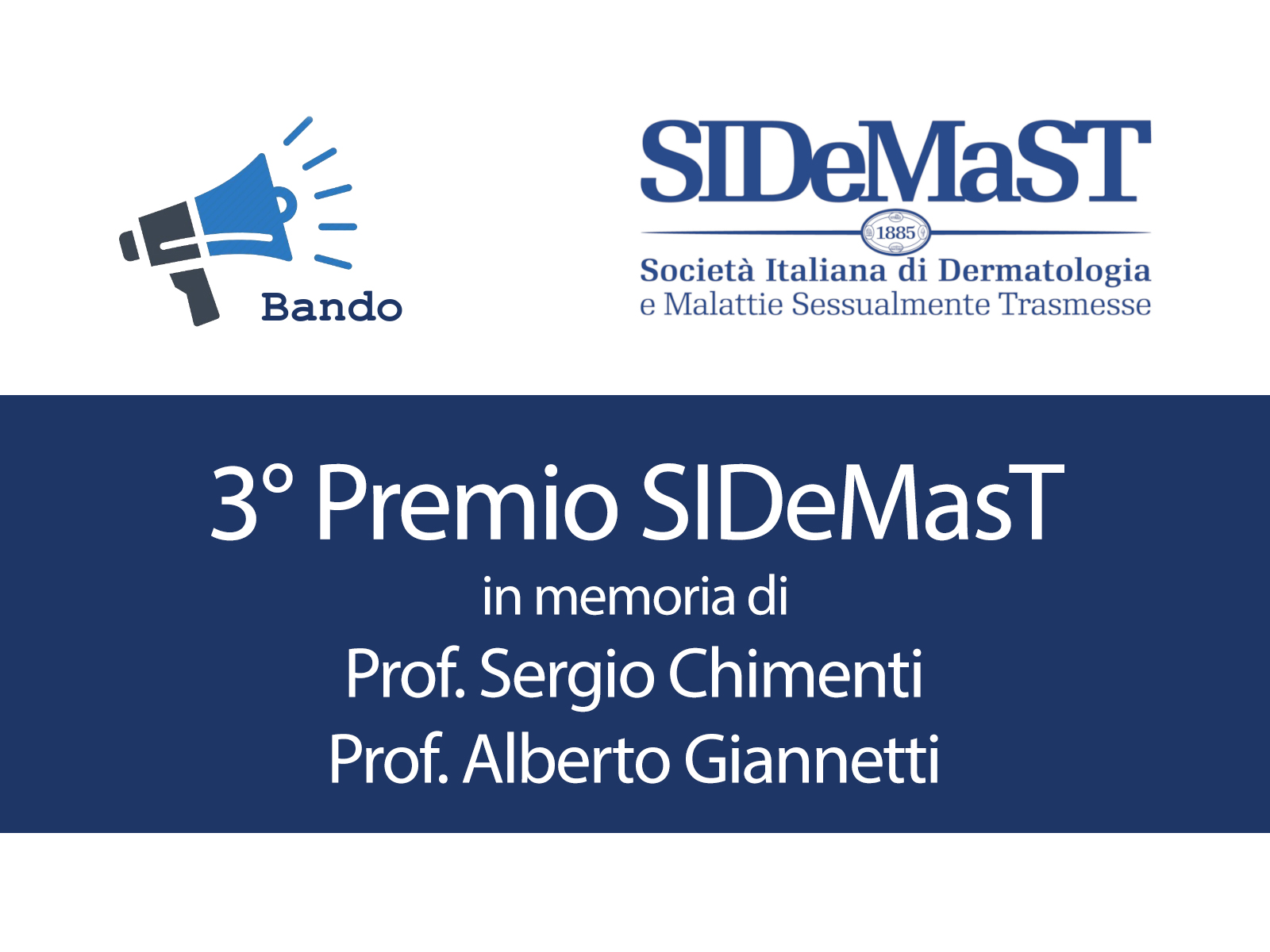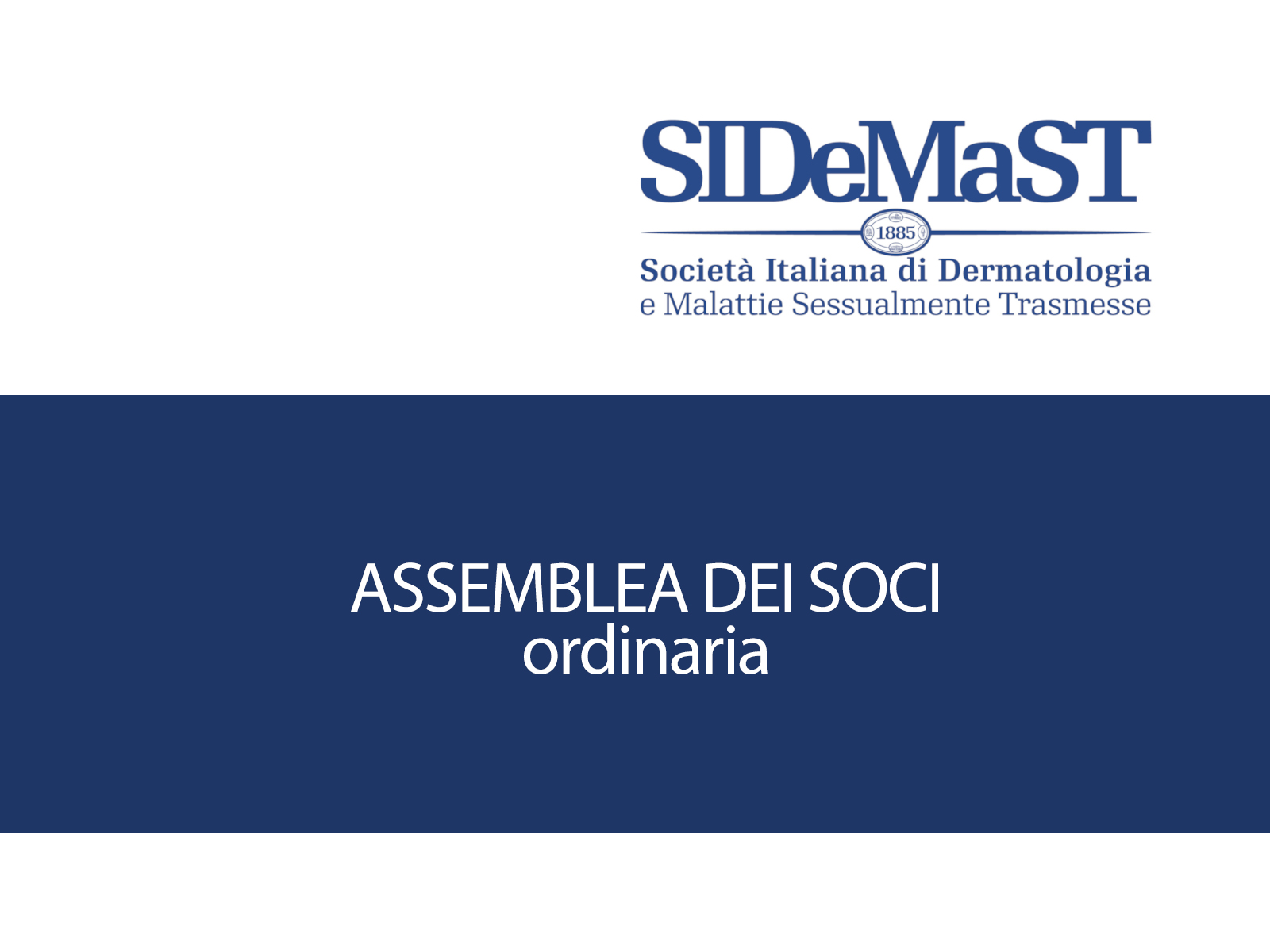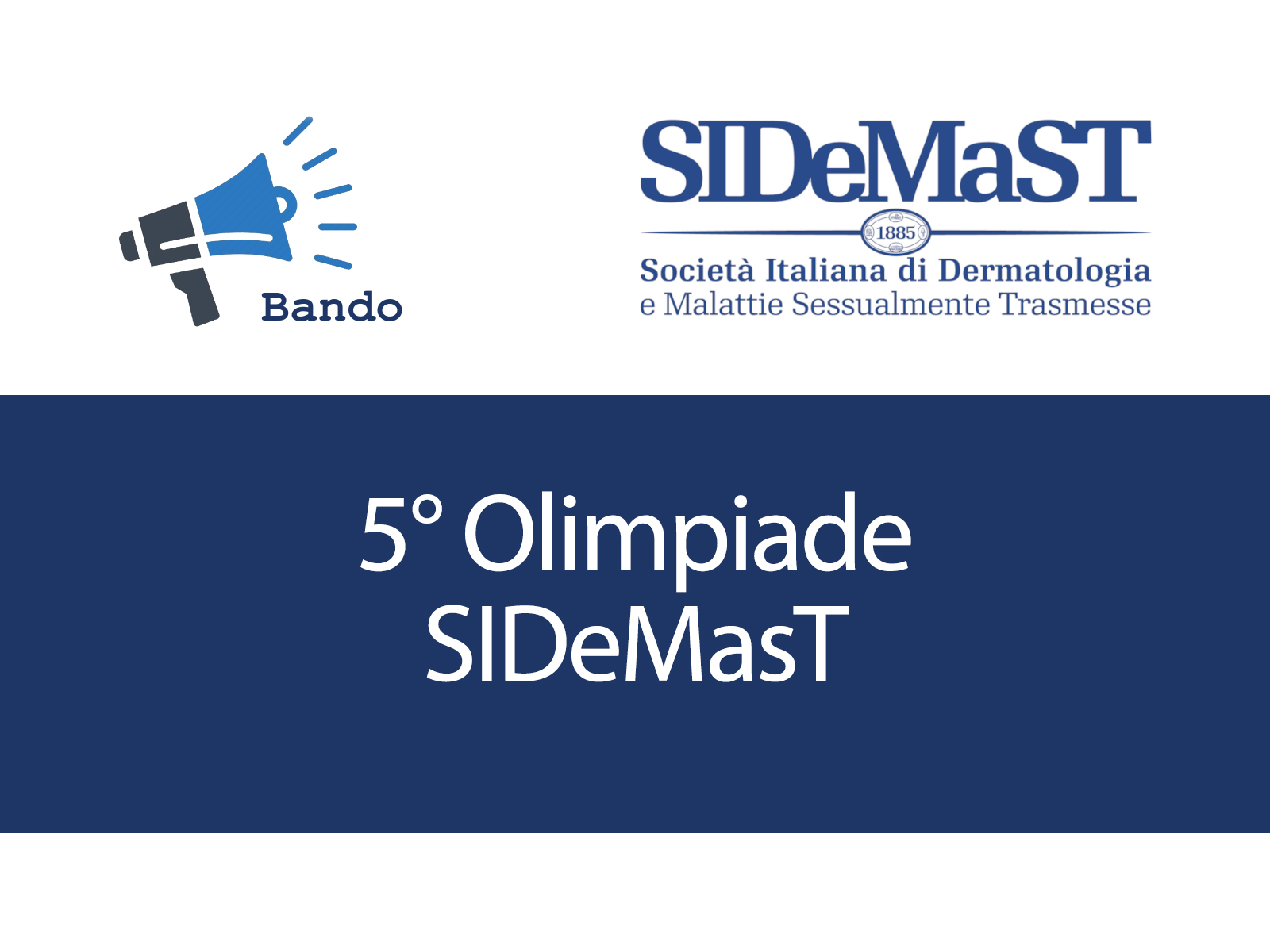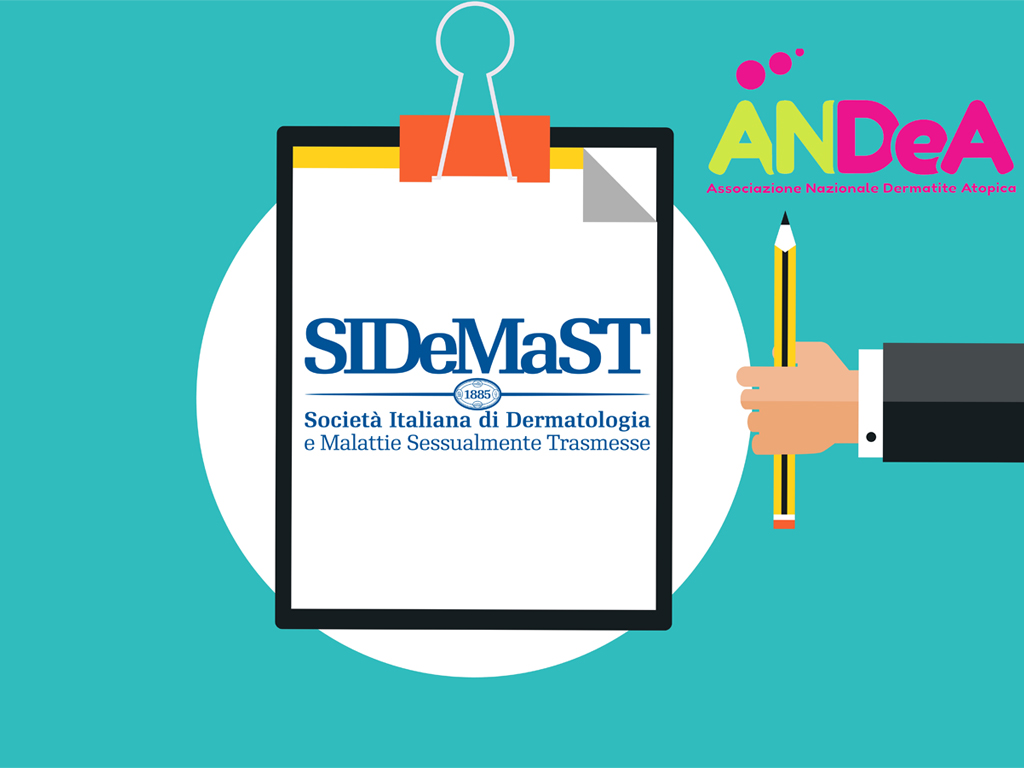Patients with plaque psoriasis, psoriatic arthritis, or both showed had a strong response to biosimilar infliximab (CT-P13), according to real-life clinical practice records presented at the 26th European Academy of Dermatology and Venereology (EADV) Congress.
This response was observed both in patients naïve to infliximab and in patients receiving prior treatment with infliximab originator and switched to infliximab biosimilar.
"Mean Psoriasis Area and Severity Index (PASI) scores did not show a significant difference in the values recorded before, during, or after the switch from infliximab to biosimilar CT-P13," noted Alessandro Giunta MD, University of Rome Tor Vergata, Rome, Italy, speaking here on September 15.
Mean PASI scores in patients with plaque psoriasis or psoriatic arthritis was 1.230 while on infliximab prior to the switch, 1.493 during the switch, and 1.595 at 16 weeks after the switch to biosimilar.
Patients receiving the biosimilar who never received infliximab showed reductions in the baseline mean PASI score of 9 to mean 1.424 by week 8.
Dr. Giunta and colleagues conducted this single-centre observational study to evaluate the efficacy and safety of the biosimilar in patients treated with infliximab originator who were switched to the biosimilar (cohort A) and in a second population of patients who were naïve to infliximab and received the biosimilar for treatment of psoriatic arthritis and plaque psoriasis (cohort B).
"Since 2005, infliximab has been indicated for the treatment of psoriatic arthritis and plaque psoriasis, and has substantially improved the management of these conditions; nevertheless, the high cost of this agent made it inaccessible for many patients," said Dr. Giunta. "The infliximab biosimilar, CT-P13, was approved for psoriatic arthritis and plaque psoriasis in 2013, removing economic barriers to treatment access, but there are few data on patients switched from the originator to the biosimilar in daily clinical practice," he added.
All patients in cohort A received infliximab at 5 mg/kg at weeks 0, 2, 6, and every 8 weeks thereafter with PASI and Pain visual analogue scale (VAS) recorded every 8 weeks during the 40 weeks before starting the biosimilar, and every 8 weeks for 48 weeks after the biosimilar was started.
"No differences in PASI or pain VAS scores between patients previously treated with the infliximab originator versus naïve patients were observed and no serious adverse events were reported in our study," the authors stated.
Cohort A included 29 male and 17 female patients with a median age of 53 years (range: 35 to 83 years). Fifteen patients had plaque psoriasis and 31 patients had both psoriatic arthritis and plaque psoriasis. At baseline, the mean PASI was 1.5 and the mean PAIN VAS was 28.04.
Patients in cohort B received the biosimilar at 5 mg/kg at the same schedule with PASI, and PAIN VAS assessed every 8 weeks for 32 weeks. Cohort B included 6 male and 11 female patients with a median-age of 53 (range: 41 to 77) years; 6 patients had plaque psoriasis and 11 patients had psoriatic arthritis. Baseline mean PASI was 9, and the mean Pain VAS was 50.
"Biosimilars represent a great opportunity to reduce healthcare cost and to increase the number of patients treated with biologics," Dr. Giunta summarised.
[Presentation title: A Comparative Study Evaluating Efficacy and Safety of the Biosimilar of Infliximab in Psoriatic Patients: Naïve to Biosimilar Versus Patients Previously Treated With the Originator. Abstract #: P1959]







